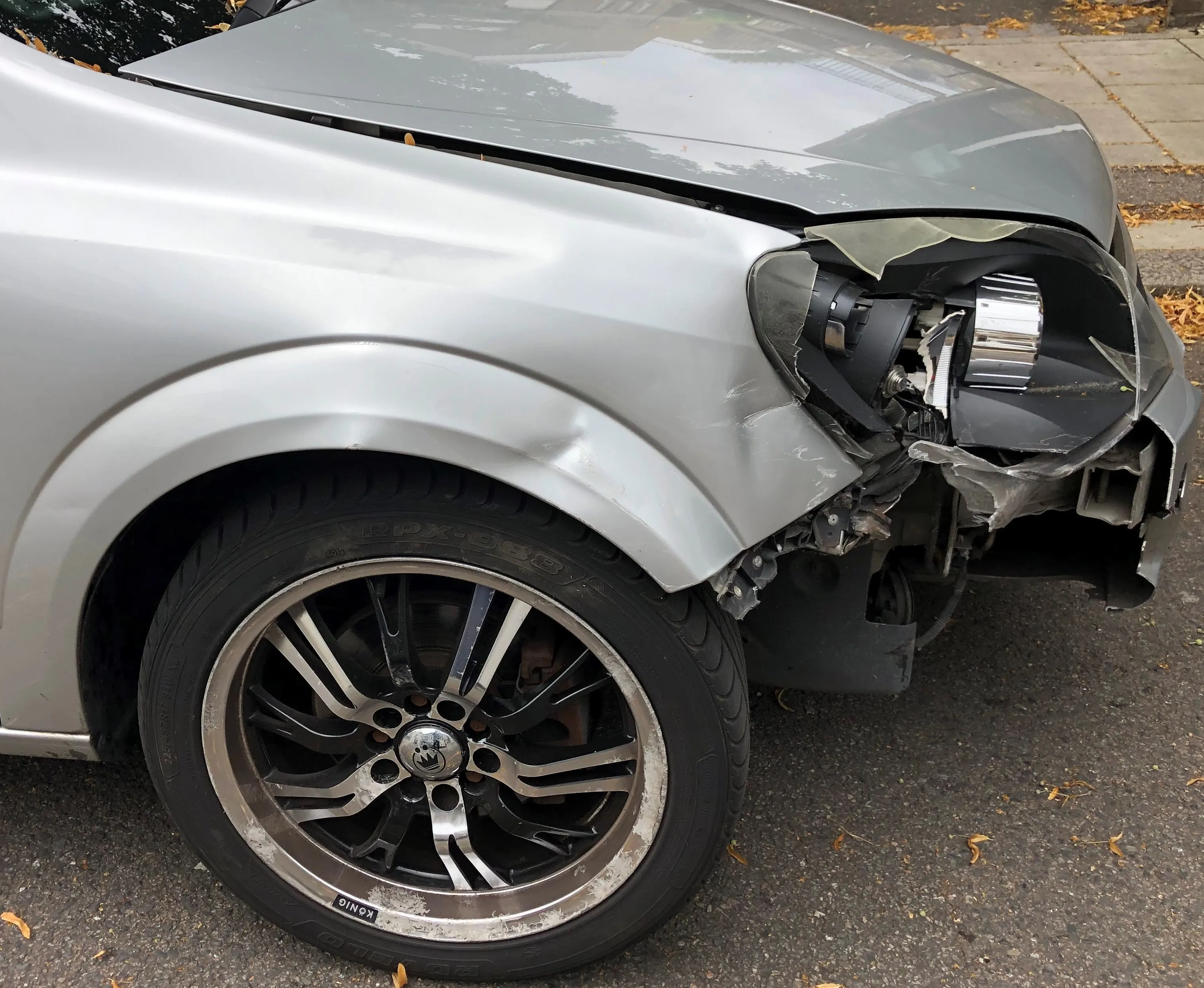Australia needs to improve its road safety significantly, according to the Australian Automobile Association (AAA). Despite plans to reduce the road casualty rate from the Australian Government, safety targets have not been achieved. A new report from the AAA has revealed the shortcomings of the safety strategy previously set out by the Australian Government.
In 2011 the National Road Safety Strategy was set to lower road deaths and serious injuries by 30% by 2020. However the targets on improving road safety have not been met. In the 12 months leading up to June 2018, there were 1,214 fatalities on Australia’s road network. This compares poorly with 12 months before June 2015, when 1,170 people were killed in crashes on the Australian road network. One of the problems is that there is insufficient recording of crash data and analysis of information. The AAA’s report shows that there is insufficient data recorded on whether speeding is a factor in crashes.
Of the 33 factors set out in the strategy to improve road safety, only nine are meeting with the intended targets. On the positive side there was a 29.6% drop in cycling fatalities to 31. However motorcyclist deaths increased 8.9% to 208.
Australia’s need for better road safety
Australia needs to improve its road safety significantly, according to the Australian Automobile Association (AAA). Despite plans to reduce the road casualty rate from the Australian Government, safety targets have not been achieved. A new report from the AAA has revealed the shortcomings of the safety strategy previously set out by the Australian Government.
In 2011 the National Road Safety Strategy was set to lower road deaths and serious injuries by 30% by 2020. However the targets on improving road sa
November 18, 2019
Read time: 2 mins






